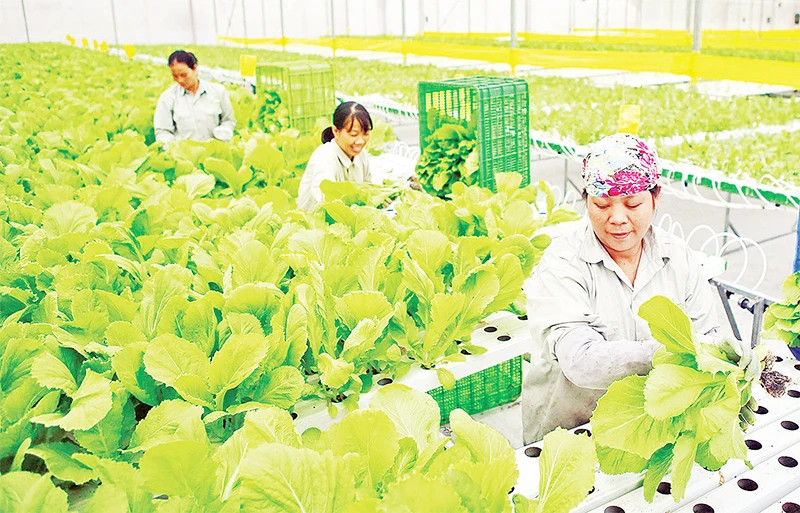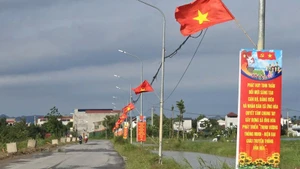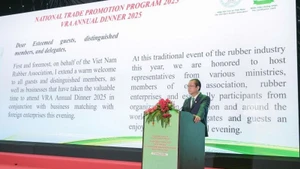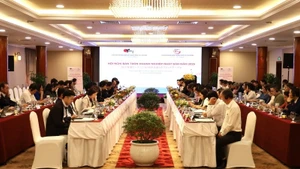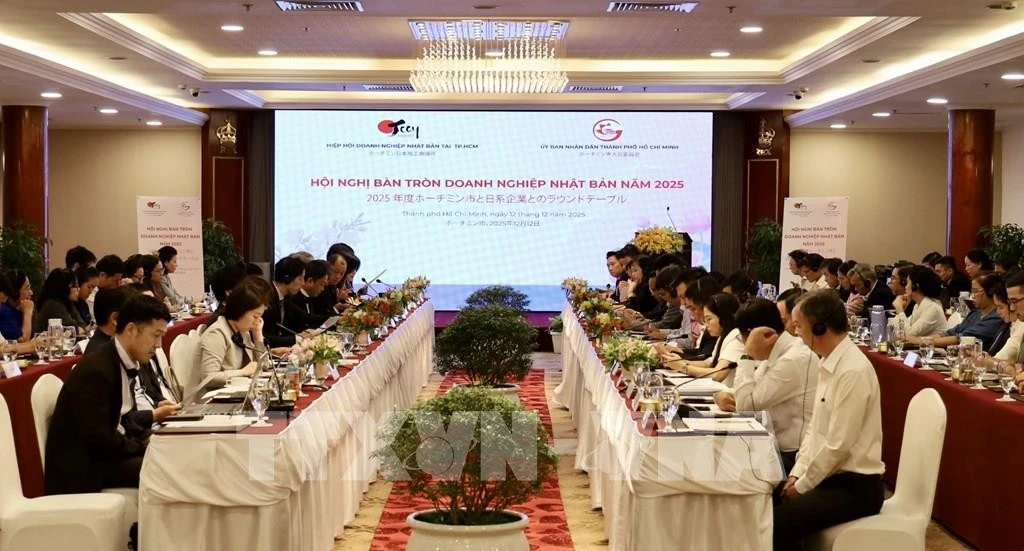When exploiting this market area well, in addition to reducing transportation costs and increasing the value of goods, it also creates stability in output for many products, especially when the world market fluctuates, affecting export activities.
According to the Ministry of Agriculture and Rural Development, the country's annual rice output has reached about 43 million tonnes, vegetables 19 million tonnes, fruits 12 million tonnes and seafood more than 9 million tonnes. This is a large amount of goods, requiring rapid consumption during the main season.
Towards the domestic market
According to the Vietnam Association of Seafood Exporters and Producers (VASEP), in addition to boosting exports, many seafood enterprises are expanding their market share in the domestic market.
Specifically, Vinh Hoan Joint Stock Company has had many solutions to bring products to domestic restaurants and supermarkets. The company's revenue in the Vietnamese market in the first six months of 2024 reached 1,734 billion VND, an increase of 38% over the same period in 2023.
Minh Phu Seafood Corporation is focusing on developing the domestic market by signing a strategic cooperation agreement with Bach Hoa Xanh supermarket. Plans to sell export-standard shrimp products in a chain of nearly 1,700 retail stores, aims to sell 3,000 tonnes of shrimp/year with a revenue of 500 billion VND in the domestic market. Although it is a large-scale seafood production enterprise, the domestic market revenue of Minh Phu Group only accounts for less than 1% of total revenue.
According to VASEP statistics, the domestic market is an important market segment and brings positive revenue to the enterprise. Currently, VASEP also has a domestic consumption business club with 30 enterprises. There are businesses whose revenue from the domestic market accounts for 30-50% of total sales.
VASEP General Secretary Truong Dinh Hoe said that paying close attention to the domestic market is an advantage for seafood businesses to achieve their goals in 2024.
The fact that shipping freight rates are still high, especially during the peak shipping season of the year, greatly affects export activities. Not only are shipping rates increasing, but many businesses also face difficulties booking ships or empty containers.
Meanwhile, the specificity of the seafood industry is that it requires refrigerated containers and transportation time is crucial because it is related to product quality. Therefore, if the amount of goods sold in the domestic market can be increased, it will reduce the pressure on transportation costs that are weighing heavily on businesses.
Along with aquatic products, Vietnam's annual fruit and vegetable output is massive, especially during the peak harvest season. This makes the domestic market an important consumption channel to minimise damage and reduce export and processing pressure.
According to Deputy Director of the Department of Industry and Trade of Hai Duong Province Vu Thi Kim Phuong, every year, the whole province produces about 750,000 tonnes of rice, 900,000 tonnes of vegetables and tubers, 300,000 tonnes of fruit and about 200,000 tonnes of livestock, poultry and aquatic products.
From 2021 to 2023, the province has been supported by the Ministry of Industry and Trade to organise many important trade promotion events such as the lychee trade promotion conference and the carrot and agricultural product consumption promotion conference. This created a strong effect, helping to promote the connection of production and consumption of agricultural products with many provinces and cities across the country.
Accordingly, many businesses and retail corporations have chosen Hai Duong to promote product consumption. In addition, the province regularly organises and participates in trade promotion events, connecting trade with provinces and cities across the country, especially with provinces and cities in the Red River Delta region.
For rice products, the domestic market is also gradually becoming a major priority for businesses to exploit. According to the Chairman of the Board of Directors and General Director of ThaiBinh Seed Company Tran Manh Bao, with a population of more than 100 million people, the domestic demand for rice will increase, creating an opportunity for businesses to expand production and consumption.
Currently, the company sells about 1,500-1,700 tonnes of rice per year to the domestic market. ThaiBinh Seed has identified the goal of improving product quality, expanding market share and increasing value for farmers in this market.
Innovating trade promotion activities
In Son La, a locality with a large fruit growing area, a concentrated agricultural raw material area has been formed with a large annual volume of products, such as longan output of 136,556 tonnes, 95,602 tonnes of plums, mango at 77,512 tonnes and 32,944 tonnes of coffee.
In recent years, the consumption of agricultural products in the locality has been relatively favourable, greatly limiting the situation of good harvest, low price, bad harvest, and high price. This is thanks to the diversification of consumption channels and trade promotion of agricultural products.
Vice Chairman of Son La Provincial People's Committee Nguyen Thanh Cong said that to boost the consumption of these products, the domestic market plays an important role. The province has strengthened trade promotion activities while promoting, introducing and connecting the consumption of agricultural products to regions and areas. E-commerce was developed in a focused and key direction, avoiding overlap and duplication between agencies and organisations, to improve the programme quality, professionalism and effectiveness.
In addition to diversifying consumption channels, for businesses and localities to effectively exploit the domestic market, it is necessary to increase regional connectivity in trade promotion activities.
Director of the Trade Promotion Department under the Ministry of Industry and Trade Vu Ba Phu said that the Government needs to focus on directing investment in synchronous trade infrastructure to create momentum and regional linkages in trade activities. The Ministry of Industry and Trade has recently coordinated with localities to implement many trade promotion activities with long-term and stable regional linkages.
Specifically, in the provinces and cities of the Red River Delta, the midlands and northern mountainous areas, many regional trade fairs and exhibitions have been successfully organised, attracting the participation of thousands of businesses. However, implementing regional trade promotion activities still faces difficulties and has not achieved high efficiency.
Therefore, in the coming time, localities need to develop long-term strategies based on research on the needs and capabilities of businesses, resources, and priority strategies of each locality. At the same time, they must strengthen information exchange and coordination with other localities to take advantage of each other's potential and advantages to penetrate each other's markets and promote and expand consumption space for local agricultural products.
